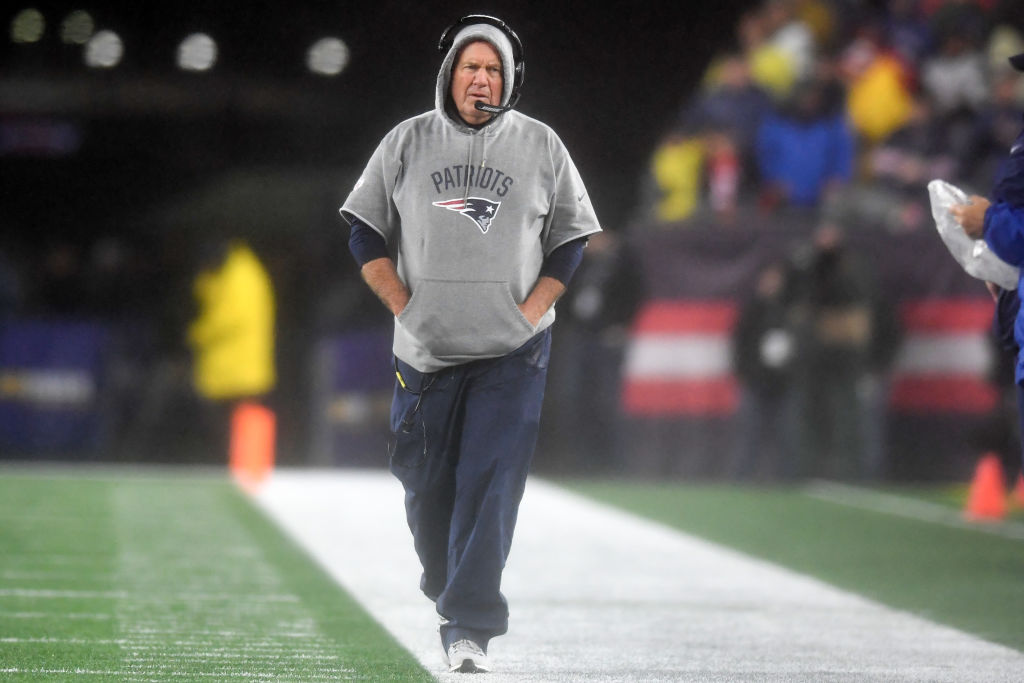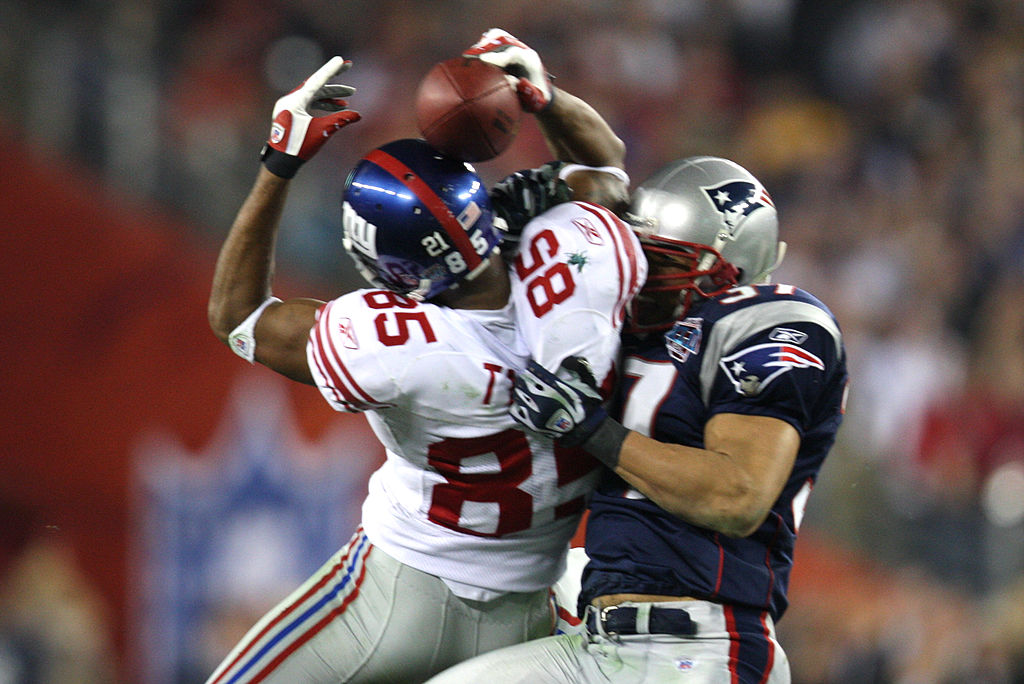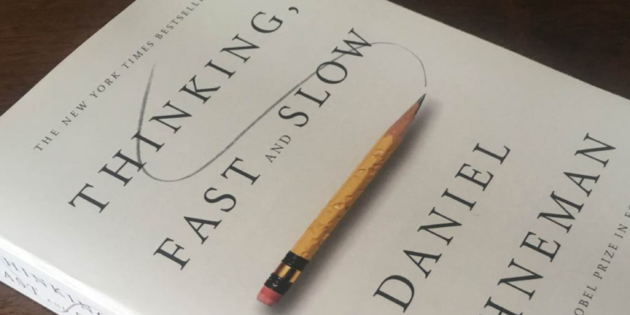Concepts and quotes from the book Thinking, Fast and Slow by Daniel Kahneman.
1) The Halo Effect
“The tendency to like (or dislike) everything about a person – including things you have not observed” based on one trait or experience with them.

Positive Halo Effect: Bill Belichick has a history of success. When he wears a cut-off sweater, nobody has a problem with it. Some even like it.

Negative Halo Effect: The Browns have recent history of failure. Baker Mayfield wears a backwards hat to a press conference and Colin Cowherd claims it “just says playoff loss”. Baker is more likely to be thought of negatively across the board.
2) What You See Is All There Is (WYSIATI)
We are quick to accept a statement as true based only on the information that is readily available.

If a basketball team is out-rebounded one night, an impulsive coaching staff will conclude that they are a bad rebounding team. The next day’s practice will include high volumes of isolated box out drills, rebounding technique, and extra weight room exercises for posterior chain and grip strength.
But was the team bad at rebounding or were they up against taller and bigger opponents? Did the ball just bounce bad? Did the team in question just shoot poorly and the opponent had more opportunities for defensive rebounds?
3) Regression to the Mean
Kahneman tells a story of an Israeli flight instructor who found punishment works to improve performance and praise works to decrease performance: “occasions on which he praised a performance were likely to be followed by a disappointing performance, and punishments were typically followed by an improvement. But the inference he had drawn about the efficacy of reward and punishment was completely off the mark. What he had observed is known as regression to the mean, which in that case was due to random fluctuations in the quality of performance.” “The instructor had attached causal interpretation to the inevitable fluctuations of a random process.”

Athletes can experience fluctuations in conditioning. If a team looks out of shape during a competition, a coach will prescribe extra conditioning to fix the issue. The next competition, the team no longer looks out of shape.
Is this a cause-and-effect relationship or regression to the mean? Was the team just exceptionally tired for one match (due to the thousands of variables that can contribute to fatigue) or are they actually in poor physical condition?
4) Luck
There is a popular phrase, “success leaves clues.” What made Google succeed should also tell us about what makes businesses succeed.
But how much of an organization’s success was due to luck?
We tend to “exaggerate the role of skill and underestimate the part that luck played in the outcome.”

In 2008, the Giants were recognized as the best team in the NFL by winning Super Bowl XLII. David Tyree’s helmet catch in the fourth quarter helped the team pull off the upset over the Patriots. This came after Eli Manning barely escaped a sack. How much of these events were based on skill or based on luck? Was the 07-08 Giants organization better than that of the 07-08 Patriots organization? When luck is put into the question, it becomes impossible to answer.
5) Halo Effect part 2
“The CEO of a successful company is likely to be called flexible, methodical, and decisive. Imagine that a year has passed and things have gone sour. The same executive is now described as confused, rigid, and authoritarian. Both descriptions seem right at the time: it seems almost absurd to call a successful leader rigid and confused, or a struggling leader flexible and methodical.”
“Because of the halo effect, we get the causal relationship backward: we are prone to believe that the firm fails because its CEO is rigid, when the truth is that the CEO appears to be rigid because the firm is failing. This is how illusions of understanding are born.”

Gruden wins a Super Bowl with the Bucs. He’s flexible, methodical, and decisive.
He follows this up with missing the playoffs the next 4 of 6 years, not moving past the Wild Card Game. Now he’s confused, rigid, and authoritarian.
6) Illusion of Understanding
“Stories of how businesses rise and fall strike a cord with readers by offering what the human mind needs: a simple message of triumph and failure that identifies clear causes and ignores the determinative power of luck and the inevitability of regression. These stories induce and maintain an illusion of understanding, imparting lessons of little enduring value to readers who are all too eager to believe them.”

Simple story of failure: Derrick Rose tore his ACL because he didn’t balance how he jumped.

Simple story of triumph: Michael Jordan did not tear his ACL because he balanced his jumps.
This is an illusion of understanding. A non-contact ACL tear is a freak accident that could have happened to MJ.
7) Simple solutions come from those with little knowledge
“Paradoxically, it is easier to construct a coherent story when you know little, when there are fewer pieces to fit into the puzzle.”

If a team goes down with multiple injuries one year, a coach will often invest in an “Injury Prevention” strategy the following year. Often, the team will experience less injuries. Those with little knowledge will say it’s due to implementing the new program. Those with greater knowledge will think maybe it’s the other variables that have changed: better load management, tracking subjective questionnaires, more focus on technique, nutritional changes, better luck, regression to the mean, etc.
Peasant-level knowledge is a 4-piece puzzle. Solutions are simple.
Royal knowledge is a 1,000-piece puzzle. Solutions are never simple.



